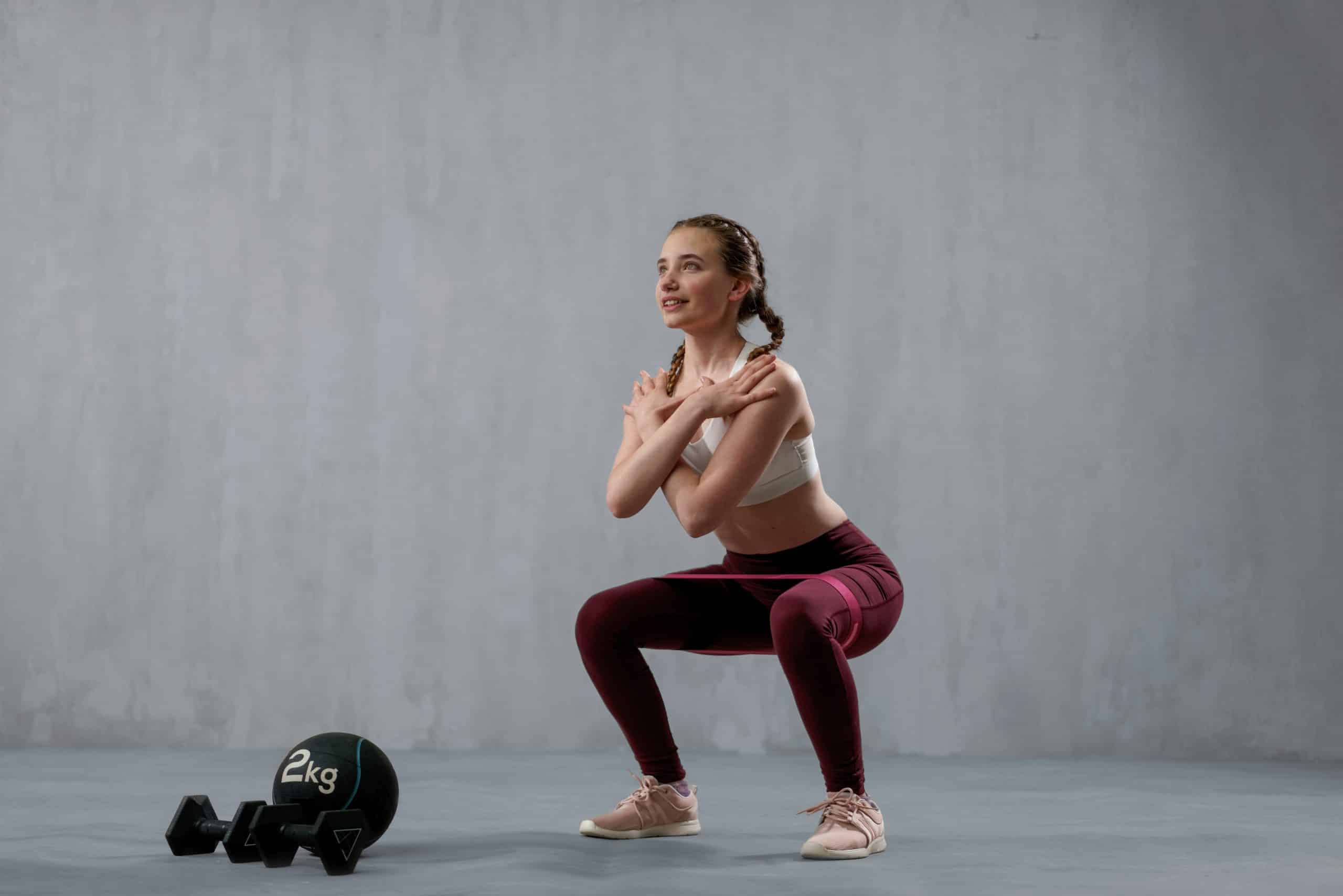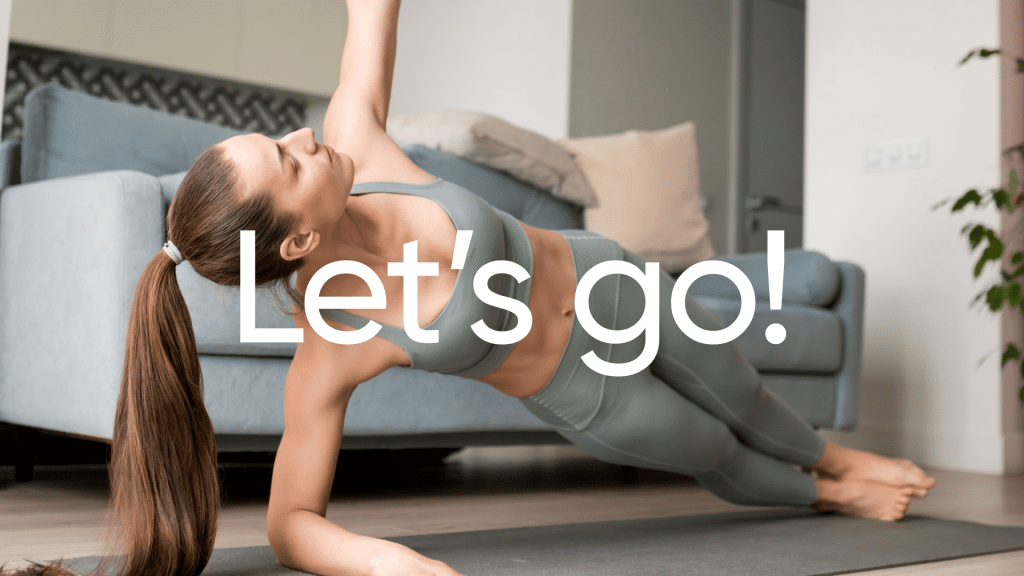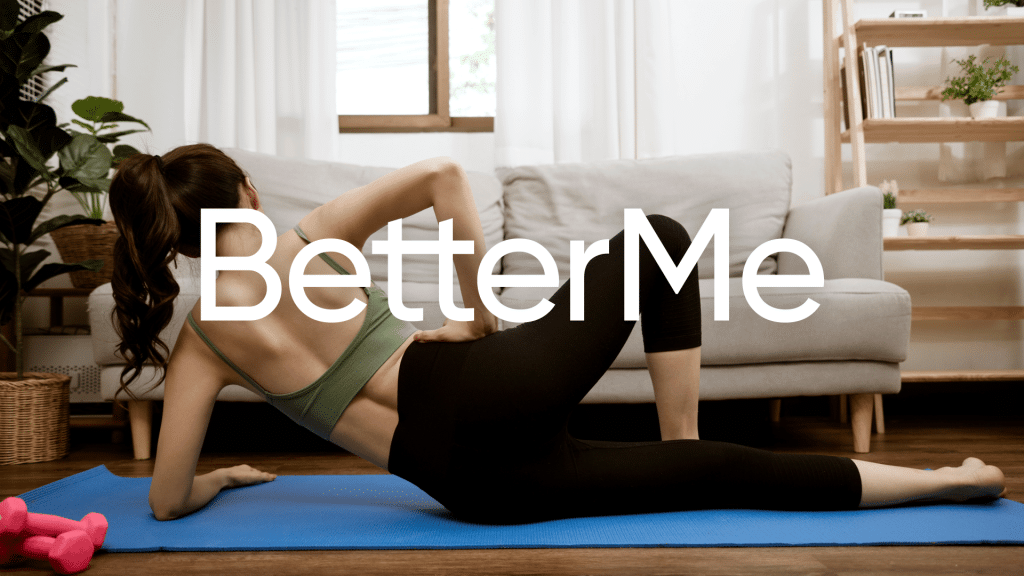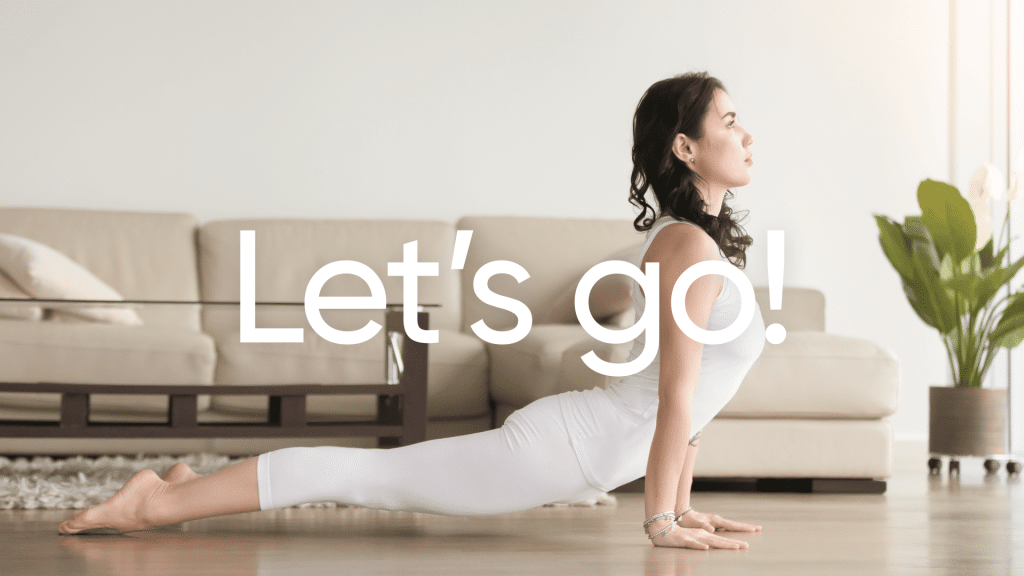Are you tired of feeling like a rusty Tin Man whenever you attempt a squat? Are you convinced that your hamstrings are made of steel cables that refuse to budge? Fear not, fellow lifter! We’ve all been there before.
Get your personalized
meal plan!
Contrary to popular belief, flexibility and mobility are not superpowers exclusive to yoga practitioners and circus performers. These are skills that can be developed with the right exercises and stretches. They are also crucial for all athletes, especially those who engage in weightlifting.
In this article, we’ll explore why flexibility and mobility are so important for squatting, and provide a guide to stretches that can help you get the most out of your squats.
Should You Stretch Before Squats?
Squatting involves the use of various muscle groups: the quadriceps, hamstrings, glutes, and lower back. Before squatting, your muscles need to be ready to work so that they can perform at their best.
Proper stretching before squatting can help improve your range of motion and prevent injury. Squatting with cold muscles can increase the risk of injury and hinder your performance (5).
By warming up these muscles beforehand, you’ll stimulate an increase in blood flow, which helps get them ready to work.
Other benefits of stretching before squatting include:
- Increased flexibility and range of motion
- Improved coordination
- Reduced risk of tendon or ligament strain
- Decreased muscle tension
- Reduced muscle soreness after the workout
Read More: 11 Surprising Benefits Of Squats For Men That You Didn’t Know About
What Are All The Stretches Necessary For Squats?
There are two main types of stretches, dynamic and static, and both are beneficial before performing squats.
Dynamic stretching involves movements that help increase blood circulation and prepare your muscles for exercise. It involves stretching while moving and is effective in warming up the body and increasing blood flow (3).
Static stretching, on the other hand, targets specific muscles to increase their flexibility and range of motion. It is characterized by static holding positions or holding a stretch for approximately 10-30 seconds. It lengthens the muscle fibers and helps improve your range of motion (3).
Other types of stretches that can help deepen your squats include:
- Foam Rolling: Foam rolling is an active form of self-myofascial release (SMR) that helps break down adhesions and scar tissues in the muscle fibers. It can be used before or after squatting to increase mobility, reduce muscle tension, and improve circulation.
- Hip Flexor Stretch: Tight hip flexors can pull your hips forward and cause you to round your back when squatting. Stretching them regularly can help improve your posture and prevent lower back pain.
- Lower Back Stretches: Tight lower back muscles can limit your range of motion during squats. Stretching them regularly can help you maintain proper form and increase the depth of your squat.
- Glute stretches: Weak glutes can cause compensation from other muscle groups, leading to injury. Regular stretching can help strengthen these muscles and improve squat performance.
Can Foam Rolling Increase Flexibility For Deeper Squats?
Foam rolling is an effective way to increase mobility and improve flexibility (1). It helps break down adhesions in your muscles, which can lead to a greater range of motion when squatting.
Foam rolling also helps stimulate blood flow, allowing more oxygen and nutrients to be delivered to the muscle fibers. This helps them regenerate faster and become stronger.
As part of warm-up stretches for squats, here’s how you can use foam rolling:
- Lie on the floor and place a foam roller under your glutes.
- Slowly roll back and forth over the area for approximately 30 seconds.
- Switch to hip flexors and repeat the same exercise.
- Then move to the IT band, quads, calves, hamstrings, and other muscles needed for squatting.
- When done, stand up and perform dynamic stretching exercises for a few minutes to better prepare your body for the squats.
What Are Some Dynamic Stretches For Squats?
Dynamic stretches are recommended before squatting, as they promote blood flow and prepare your muscles for movement (4). There are several dynamic stretches you can do to activate the appropriate muscles, including:
- Walking Lunges: Walking lunges are perfect for warming up the quadriceps, hamstrings, and glutes. Make sure to take big steps while keeping your chest up, then lower your body until your back knee grazes the floor.
- High Knees: High knees help stretch and warm up your quads and hips, and are also good for balance. To do them, stand tall and lift one knee up to your chest before quickly lowering the leg and repeating with the other leg.
- Leg Swings: Leg swings help warm up your hamstrings, quads, and glutes. To do them, stand facing a wall, and swing your leg back and forth while keeping your core engaged.
BetterMe app will kick you out of the mental funk, shake off your extra weight, rid you off your energy-zapping habits, and help you sculpt the body of your dreams. Intrigued? Hurry up and change your life for the better!
What Are Some Static Stretches For Squats?
After the dynamic warm-up stretches, static stretches should be completed. Static stretching targets specific muscle groups and helps increase their flexibility and range of motion (2).
Some examples of static stretches include:
Hamstring Stretches
- Sit on the floor with your legs straight in front of you, then reach for your toes.
- Hold this position for around 10-30 seconds, then release the stretch and rest for a few seconds.
- You can repeat this stretch a few times.
Quad Stretches
- Stand tall and gently pull one foot towards your glute using your hand.
- Hold the position for 10-30 seconds, then release and repeat with the other leg.
Hip Flexor Stretches
- Kneel on one knee with the other foot in front of you.
- Place your hands on your hips and pull your hips forward while keeping your core engaged until you feel a stretch in your hip flexor.
- Hold for 10-30 seconds before releasing and repeating for the other side.
What Are Some Hip Flexor Stretches For Squats?
Hip flexors are the muscles located at the top of your thighs that help lift your legs during squats. It is important to stretch these muscles before squatting, as tight hip flexors can cause pain and limit your range of motion.
Some examples of hip flexor stretches include:
Wall Sit
- Stand with your back against a wall and your feet shoulder-width apart.
- Slowly lower yourself until you are in a sitting position with your knees bent at 90 degrees and your thighs parallel to the ground.
- Hold for 10-30 seconds before releasing.
Standing Hip Flexor Stretch
- Stand tall and place one foot behind the other, bending the front knee at 90 degrees while keeping your back leg straight.
- You should feel a stretch in the hip of your back leg, and hold for 10-30 seconds before repeating with the other side.
Butterfly Stretch
- Sit on the floor with both feet together and let your knees fall out to either side.
- Hold onto your ankles or feet and sit up tall, feeling a stretch in your hips.
- Hold for 10-30 seconds before releasing.
Lunging Hip Flexor Stretch
- Take a big step forward with your right foot and drop down until your right knee is at a 90-degree angle.
- Keep your left leg straight and extend it behind you.
- Shift your weight forwards until you feel a stretch in the front of your left hip.
- Hold for 15-30 seconds, then switch sides.
Pigeon Pose
- Start on all fours with your hands and knees on the ground.
- Bring your right knee forward and place it behind your right wrist.
- Stretch your left leg behind you.
- Lower your body to the ground and extend your arms in front of you.
- Hold for 15-30 seconds, then switch sides.
Read More: Gear Up For A Perky Bum: A Complete Guide To Doing Squats For Glutes
What Are Some Lower Back Stretches For Squats?
The posterior muscles in the lower back help stabilize your body during squats and are important for maintaining good form. It is important to stretch those muscles before squatting, as well as after, to prevent pain and injury.
Some examples of lower back stretches include:
Cat-Cow Pose
- Start on all fours with your hands shoulder-width apart and your knees hip-width apart.
- As you inhale, arch your back so that it is convex towards the ceiling, then exhale and round your back.
- Repeat this movement several times to gently stretch the lower back muscles.
Child’s Pose
- Start on all fours with your hands shoulder-width apart and your knees hip-width apart.
- Exhale and lower your hips back towards your feet, keeping your arms extended in front of you.
- Hold for 10-30 seconds before releasing.
Seated Spinal Twist
- Sit up tall on the floor with both legs extended in front of you.
- Bend one knee so that it is across your body, then twist your torso to look over the bent knee.
- Hold for 10-30 seconds before repeating on the other side.
Bridge Pose
- Lie down on your back and bend your knees so that they are hip-width apart with your feet flat on the ground.
- Lift your hips off of the floor until you form a straight line from your knees to your shoulders.
- Hold for 10-30 seconds before releasing.
Cobra Pose
- Lie down on your stomach with your feet hip-width apart and palms flat on the ground under your shoulders.
- Push up with your arms to lift your chest off of the ground, arching slightly as you go.
- Hold for 10-30 seconds before releasing.
What Are Some Glute And Leg Stretches For Squats?
The glutes are one of the primary muscles used in squats, and stretching them can help to improve your range of motion. Tight glutes are also a common source of lower back pain. Additionally, stretching the legs can help you to maintain proper form when squatting.
Some examples of glute and leg stretches include:
Glute Bridge
- Lie down on your back with your feet flat on the ground, hip-width apart.
- Push up with your heels to lift your hips off of the floor until you form a straight line from your knees to your shoulders.
- Hold for 10-30 seconds before releasing.
Standing Hamstring Stretch
- Stand tall and place one foot in front of the other, bending your front knee.
- Reach down with both hands and clasp them behind your back, calf, or ankle.
- Hold for 10-30 seconds before repeating on the other side.
Lean and toned up body isn’t just a far-fetched fantasy. Check out the BetterMe app and watch it propel your weight loss journey into high gear!
Standing Quad Stretch
- Stand tall and grab one foot with the hand on the same side, pulling it towards your buttock until you feel a stretch in the front of the thigh.
- Hold for 10-30 seconds before switching sides.
Seated Calf Stretch
- Sit up tall on the floor with both legs extended in front of you, feet flexed and toes pointed towards the ceiling.
- Slightly lean forward until you feel a stretch in your calves, then hold it for 10-30 seconds before releasing.
Tips For Effectively Stretching To Prepare for Squats
Stretching may seem simple, but there are a few pointers to keep in mind for optimal results.
You should remember to:
1. Breathe
Focus on your breathing to help you relax and get the most out of your stretches. Take deep breaths in through your nose and out through your mouth as you move.
2. Move Slowly
When stretching, be sure to move slowly and deliberately to avoid injury or excess discomfort. Make sure that each stretch lasts at least 10 seconds.
3. Listen To Your Body
Everyone’s body is different and you should always listen to how it feels while stretching. Stop if something doesn’t feel right or if you are experiencing any pain or discomfort.
4. Be Consistent
Make stretching a regular part of your routine to get the most benefits and maintain flexibility. Aim for at least two stretching sessions per week, but more is even better!
5. Challenge Yourself
As you become more flexible, challenge yourself by increasing the duration or intensity of each stretch. This will help you to continue to improve your range of motion and flexibility.
Conclusion
Stretching before squats is essential for improving your range of motion, enhancing performance, and preventing injury.
Incorporating both dynamic and static stretches into your warmup routine will ensure that your muscles are ready to work and that your squats are both safe and efficient.
By utilizing proper stretching techniques, you can reduce the risk of injury and increase flexibility, leading to improved squatting capability.
DISCLAIMER:
This article is intended for general informational purposes only and does not serve to address individual circumstances. It is not a substitute for professional advice or help and should not be relied on for making any kind of decision-making. Any action taken as a direct or indirect result of the information in this article is entirely at your own risk and is your sole responsibility.
BetterMe, its content staff, and its medical advisors accept no responsibility for inaccuracies, errors, misstatements, inconsistencies, or omissions and specifically disclaim any liability, loss or risk, personal, professional or otherwise, which may be incurred as a consequence, directly or indirectly, of the use and/or application of any content.
You should always seek the advice of your physician or other qualified health provider with any questions you may have regarding a medical condition or your specific situation. Never disregard professional medical advice or delay seeking it because of BetterMe content. If you suspect or think you may have a medical emergency, call your doctor.
SOURCES:
- A Meta-Analysis of the Effects of Foam Rolling on Performance and Recovery (2019, nih.gov)
- Acute Effects of Static Stretching on Muscle Strength and Power: An Attempt to Clarify Previous Caveats (2019, nih.gov)
- A review of the acute effects of static and dynamic stretching on performance (2011, nih.gov)
- Dynamic Stretching Has Sustained Effects on Range of Motion and Passive Stiffness of the Hamstring Muscles (2019, nih.gov)
- Should people stretch before exercise? (2001, nih.gov)











